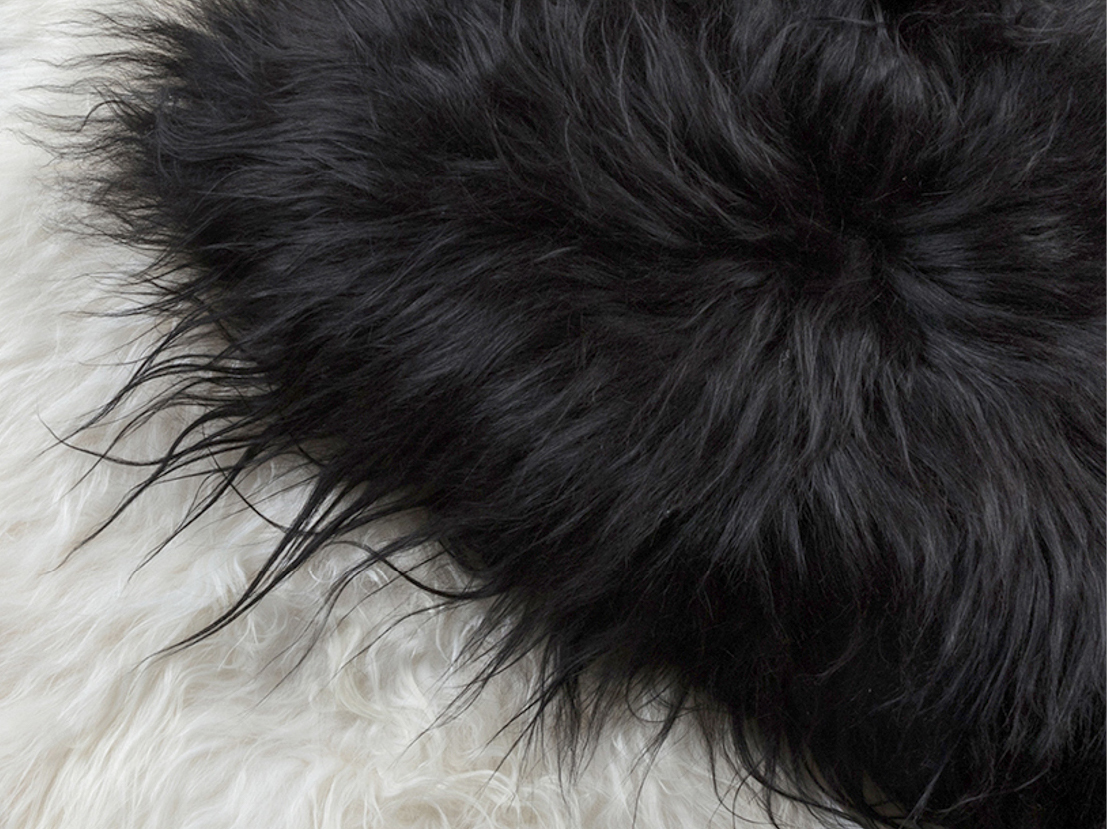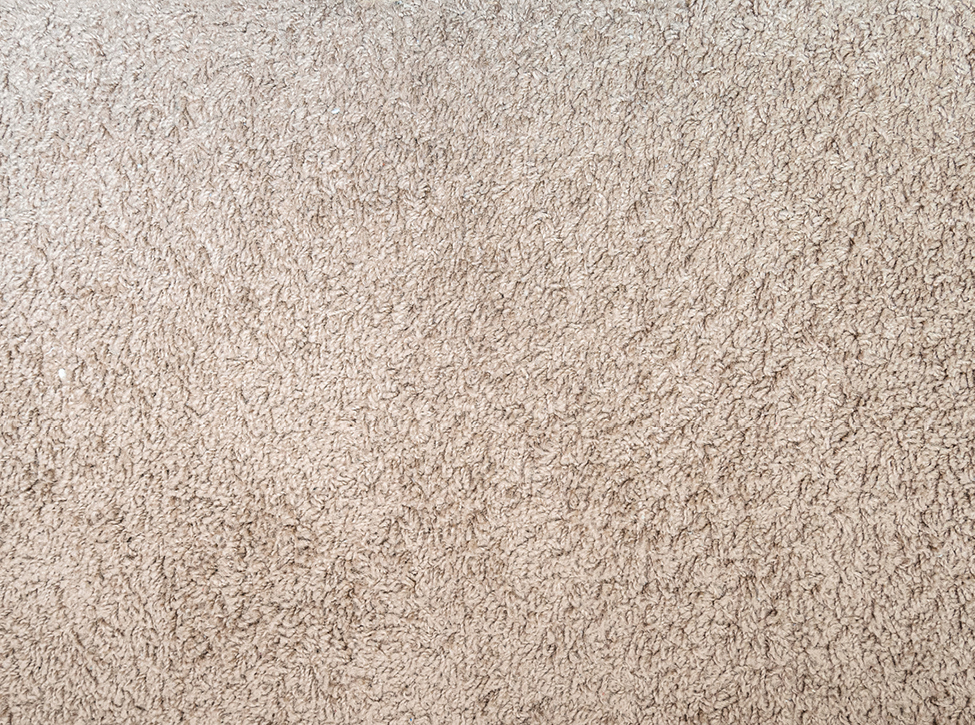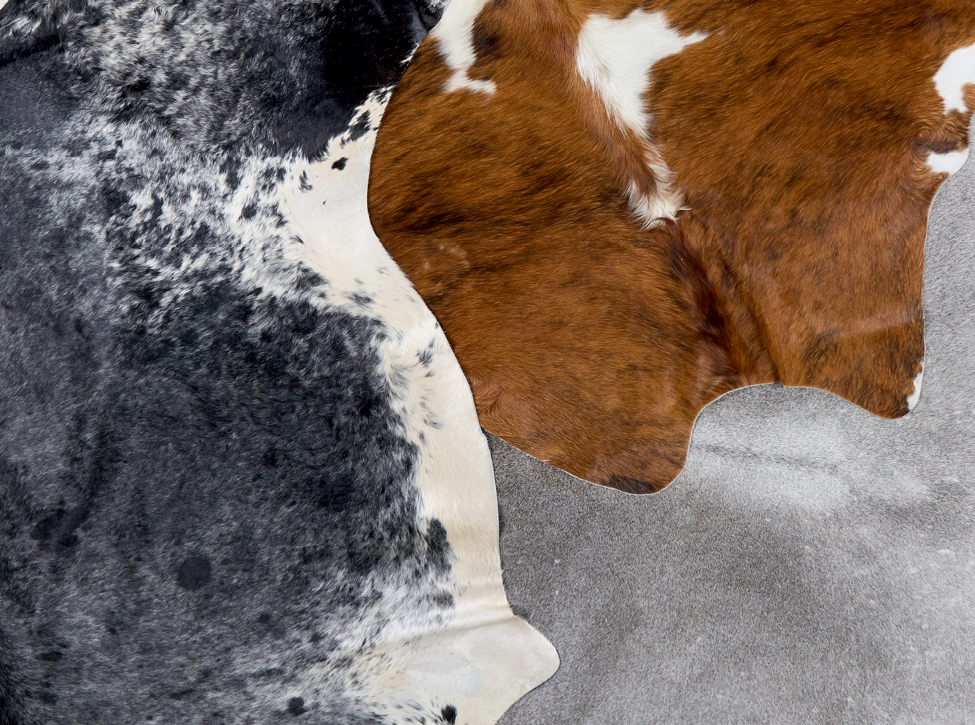Leather is a natural material characterised by the unique tones and individual markings an animal acquires during its lifespan. This includes creases, stretchmarks, scars, insect bites and brand marks. At Weylandts, we use natural aniline full-grain leather. The hide is hand-dyed using vegetable oil and state-of-the-art equipment. Different sections of the hide will have variances in colour and grain. Over time, the leather will wear and change appearance and develop its own distinctive patina. Contact with your skin, daylight and interior lighting will affect the leather.
Seasonal Slow Down: Last chance to place your orders in-stores and online! Read more here.
LEATHER
About
Our Leathers
Introducing our leather collection, thoughtfully inspired by the natural tones found in the Namibian and African landscape. Hand-selected and developed by our expert team to ensure the best selection of colours and finishes, each piece is a reflection of refined design.
1. Natural Leather Range
Characterised by rougher and more weathered texture that beautifully reflects the natural markings of the landscape.
- Desert
- Coal
- Warrior
- Bone
2. Sossusvlei Leather range
Inspired by the muted tranquil tones of the desert, this range features a smoother, more refined texture.
- Storm
- Lava
- Chocolate
- Camel
Important to Note
At Weylandts, we celebrate the unique character of each hide. For this reason, natural markings like brand marks, scars and wrinkles are preserved and celebrated. These are not product defects.
Leather will wear and stretch with use. The larger the panel of leather, the more pronounced this stretch will be. It will show up as wrinkles or dents on the surface of the product.
How to Care for Leather
- Do not use artificial heat or harsh sunlight to dry leather furniture. This will cause the leather to become dry and crack.
- Occasionally wipe with a soft, damp cloth to avoid accumulation of dust which can act as a corrosive and damage the leather.
- Blot spills immediately.
- Our leathers do not require any hide food.


